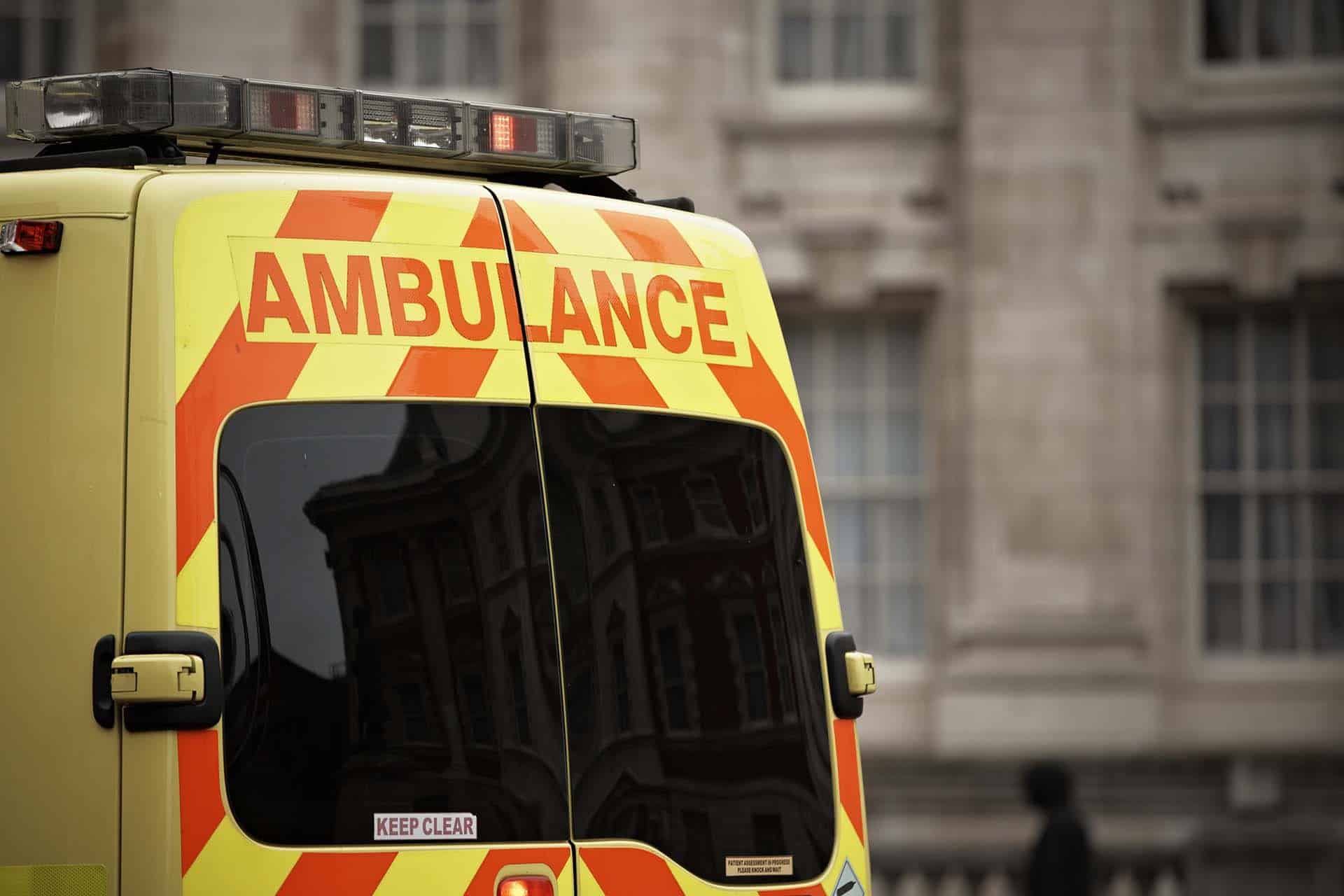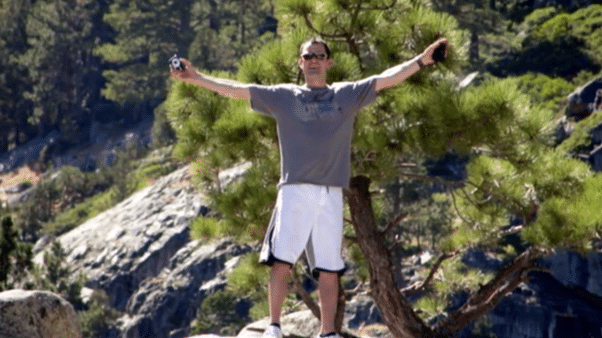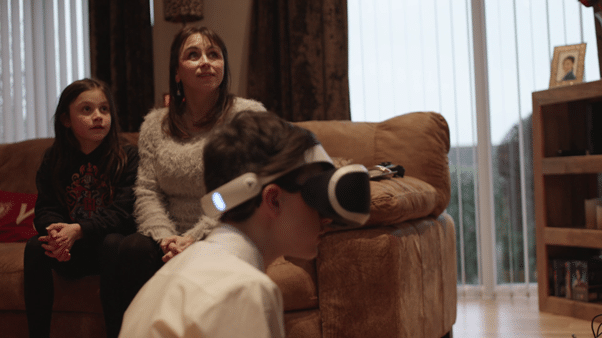
 " alt="">
" alt="">
Scaphoid Fracture Claims

Reviewed by
Peter Rigby - Managing Director of Medical Negligence | Last updated on: 22nd May, 2025
We've got your scaphoid fracture claim covered
- No win No fee
- Not just lawyers - real specialists
- No obligation
- UK's highest-rated medical negligence solicitors
Scaphoid fractures are the most common carpal fractures and tend to occur in younger, active individuals. While these injuries may initially seem minor, a missed or incorrect diagnosis can result in long-term complications.
If you’ve suffered a scaphoid fracture that was misdiagnosed or left untreated, you may be entitled to compensation. At Patient Claim Line, we specialise in medical negligence and misdiagnosis claims, and we’re here to support you every step of the way.
What is a scaphoid fracture, and how does it happen?
The scaphoid is a small bone in the wrist located near the base of the thumb. A scaphoid fracture typically occurs when someone falls onto an outstretched hand, causing a sudden impact on the wrist.
Types of scaphoid fracture:
- Non-displaced fracture: The bone remains in position, making it difficult to detect.
- Displaced fracture: The bone has moved out of alignment, often requiring more extensive treatment.
Find out if you
have a claim
Take the 10-second claim test
Free Advice
03300 080 352
claim form
We're the highest-rated No Win No Fee medical negligence solicitors on Trustpilot
What are the symptoms and signs of a fracture?
Recognising the symptoms early is key to effective treatment. Typical signs include:
- Pain and swelling in the wrist and thumb area.
- Difficulty gripping or holding objects.
- Tenderness in the small indentation just above the thumb and wrist (known as the “anatomical snuffbox”).
Symptoms may vary from person to person depending on the severity and level of pain experienced.
How should a scaphoid fracture be treated?
Treatment and recovery time will vary based on the severity of the fracture and the patient’s overall health. There are two main types of treatment for a scaphoid fracture:
Cast treatment
As with many other fractures and breaks, you will most likely need to put your wrist in a cast and allow 10-12 weeks of recovery time. By immobilising the wrist, it allows time for the bones to fuse back together, bond and heal.
Surgical treatment
For more severe, displaced fractures or if cast treatment is not successful in repairing the wrist, surgery might be required to reposition the bones. Options include:
- Screw fixation: Stabilising the bone by securing surgical screws.
- Scaphoid debridement: Removing dead or infected tissues from the area to promote healing.
- Bone graft: Transplanting bone tissue from one area of the body to aid bone repair.
This will require a longer recovery period, and complications can arise if surgery is not performed correctly, particularly in cases of medical negligence.
Why are scaphoid fractures often misdiagnosed?
Although a common injury, scaphoid fractures are often missed by emergency services and doctors or mistaken for wrist sprains due to their subtle symptoms and lack of visible deformity. Standard X-rays may not always reveal the fracture and in such cases, more in-depth scans will be required (often MRI or CT scans) for a more conclusive diagnosis.
What happens if a scaphoid fracture is left undiagnosed and untreated?
If not treated, missed scaphoid fractures can develop into persistent, long-term complications which could have been prevented had adequate medical intervention been received. Ongoing complications may include:
- Delayed or non-union healing: A bone which is failing to heal properly.
- Avascular necrosis: The disruption of blood supply to the bone which can cause bone death.
- Degenerative arthritis: Long-term joint pain, stiffness and loss of function.
Can I claim compensation for an undiagnosed scaphoid fracture?
You might be eligible to claim for your scaphoid fracture if any of the following situations have occurred:
- Your scaphoid fracture was missed.
- Your scaphoid fracture was misdiagnosed.
- You required surgery due to a delayed diagnosis, and negligence occurred during surgical treatment.
Though scaphoid fractures are common, these injuries must be treated promptly and efficiently to avoid further complications and long-term injuries, or they can impact people’s lives going forward. If you think any of the above applies to you, get in touch with us today.
Why Choose Patient Claim Line for your scaphoid fracture claim?
Patient Claim Line was established in 2014 with a team of medical lawyers specialising in medical negligence and misdiagnosis claims.
At Patient Claim Line, we have more than 100 solicitors with a combined experience of over 400 years who will work on your behalf to achieve the best result possible for you.
It’s not enough to use a solicitor who sometimes covers medical negligence. You need someone who knows this area through and through. That is what the solicitors here at Patient Claim Line do. They deal exclusively in this area of law and are experts in the field.
Frequently asked questions about scaphoid fracture claims
Our expert legal team answer your questions about making a scaphoid fracture claim
Wearing protective gear during sports, improving balance and strength, and learning how to fall safely can help prevent wrist injuries.
A persistent ache or tenderness in the thumb side of your wrist, especially when gripping or pressing the area.
Recovery typically takes 10- 12 weeks with proper immobilisation, but complex cases or surgical recovery may extend beyond that.
Meet our scaphoid fracture claims team
Case Study
Sarah's Story
"Now we have peace of mind"
My husband, Nick, went back and forth to the doctors for a long time and tried everything the doctor recommended. But his illness got worse, to the point that he was in agony.
In the end we got so desperate that we asked for a referral. The doctor was reluctant, so we had to consult a private hospital. That’s when we found out there was a tumour. It took years from the onset of his illness to finally start cancer treatment.


He used to be a man with a lot to live for, but in the end he was in so much pain that he withdrew from the family. He became angry that nobody had helped him sooner, and the legal team were able to give him the validation that he was desperately seeking. The NHS confirmed if they had done more, Nick would still be alive today.



